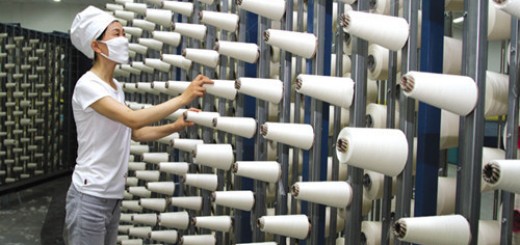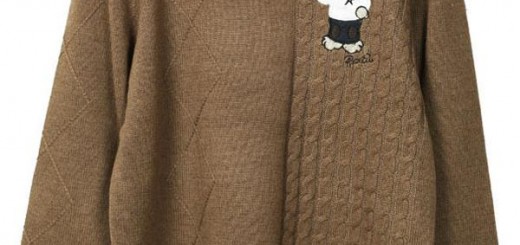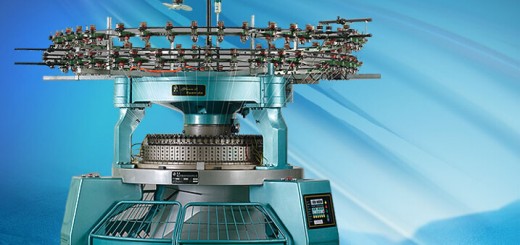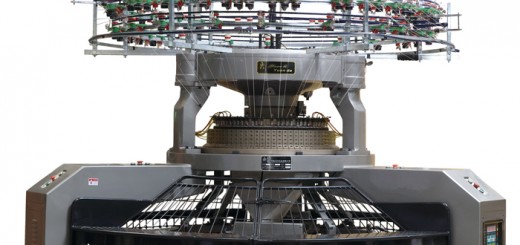Functional textiles textiles are taking great potential for development of a class of products, functional textile finishing agents used to have a lot of finishing. Natural resources as a source of biomass material because of its natural environmental features, functionality, advantages of the various aspects of the human body, such as friendliness is becoming a hot topic.
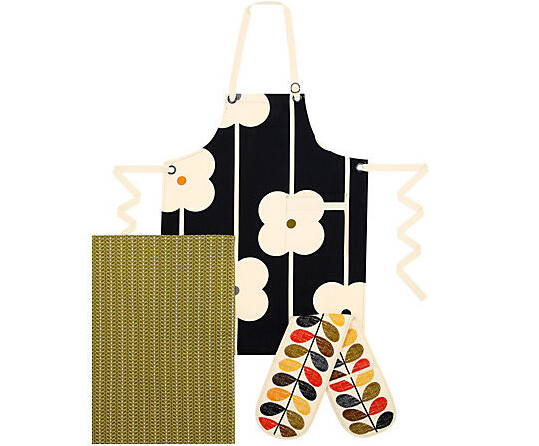
Tea is the characteristic advantages of plant resources, especially as the representative of oolong tea Tieguanyin reputation at home and abroad. In tea processing process will generate a lot of tea stems and other waste, which provides a rich source of raw material for the extraction of natural features. Tea polyphenols substances is the main natural features organic, with good UV protection, anti-oxidation, radiation and other functions.
Currently finishing mostly through bonding or chemical cross-linking reagents fixing the polyphenols in the fabric. This approach tends to appear persistent bad, affect the feel and comfort, chemical additives have a negative impact on the human body as well as other environmental issues. In this experiment, Iron Goddess of Mercy tea stems extract natural substances as functional finishing agent, by simulating natural polyphenolic compounds are stable and uniform distribution model organisms, Tie Guan Yin tea stems constructed of natural materials feature bionic finishing technology for textiles , and tea stems extract bionic finishing UV performance fabrics were studied.
1. Tie Guanyin tea extract natural function of the material stems
This tea stems will be dried and pulverized, the ultra fine powder thus obtained is set containing 1 g / L of vitamin C, 2 g / L aqueous solution of 100,15% Tween and 5% ethanol, acetone, high speed shearing dispersion emulsification 10 min, and then at the temperature 90 ℃, extraction was heated under reflux 3 h, cooled and filtered, to give this tea extract stems natural functional substance.
2. Bionic functional finishing
Condensed polyphenols in tea polyphenols in an acid or a base is further condensed tannin red insoluble precipitate polyphenols complexing can occur and the hydrophobic proteins form insoluble complexes. This bionic finishing technology has applied for national patents.
a. oxidative condensation
Cotton fabric padding Bionic finishing solution (two dip two rolling, rolling over rate 60%) → drying (60 ℃, 10 min) → impregnated acidic or alkaline fixing solution → hot water (60 ℃, 3 min) → cold water → drying (60 ℃, 10 min).
b. protein complexation
Finishing of cotton fabrics: cotton fabric padding Bionic finishing solution (two dip two rolling, rolling over rate of 60%) → drying (60 ℃, 10 min) → → immersion liquid protein fixing hot water (60 ℃, 3 min) → cold water washing → drying (60 ℃, 10 min).
Wool fabric finishing: wool fabric into 40 ℃ Tie Guanyin tea extract stems to 2 ℃ / min heating rate to 100 ℃ heat 60 min, followed by hot water, cold water washing and drying.
3. After finishing biomimetic materials and natural fabrics combined effect of functional evaluation
In order to combine the natural function of the material and to quantify the effect of fabric, tea stems constructed of natural materials and fabrics combine functional evaluation system. Because the natural function of Tie Guanyin tea stems substances colored substances, depending on the concentration of the extract showed a series of brown to brown color, Tie Guan Yin tea stems through natural extracts finishing fabrics also presents different shades of colors. For this reason, the reference color fabric dyeing fastness evaluation method based on color fastness to assess the natural function of the material and fabric binding effect.
According to the structure and function of the performance characteristics of tea stems natural substances designed oxidative condensation protein complexed with two finishing methods (for technological security considerations for fixing liquid formulations, this article is not for public). The cotton fabric and cotton fabric was treated after working on the bionic still (only after padding tea stems bionic finishing liquid extract, but not with the fixing fluid handling), soaping 30 times, testing its color fastness to washing, rubbing fastness and color values, the results shown in Table 1.
4. Bionic natural functional material properties of the fabric finishing UV
After finishing of cotton fabrics bionic UV absorption rates have obviously improved, which is the worst fabric protein treatment of specific absorption rate of the original fabric is also improved by more than 86%. Acid treatment and alkali treatment of fabrics for better absorption of ultraviolet rays. Literature that, in the tea polyphenols acid, the presence of a base, the condensation becomes higher molecular weight oxidized, dense structure “tanned red”, this material may be a low molecular weight polyphenols than absorb in the ultraviolet zone effect is more remarkable. But on the structure and properties of red tanned currently rarely reported, further study.
Polyphenols not been finishing than ordinary cotton fabric, fabric after finishing UV protection has been greatly enhanced. Further, the padding after the tea extract stems fabric, and also without the conventional finishing of wool fabrics compared wool fabric finishing UV protection index up 84.56%. GB / T 18830-2009 “textile UV performance assessment” provides that when the sample UPF> 40, and T (UVA) AV <5%, can be called "anti-UV products." Where T (UVA) AV is 1-UVA blocking, i.e., the UV transmittance. After finishing wool fabric UPF value bionic after reaching 107.6, shielding against UVA rate of 99.0%, is a very good UV protection products. In the study also found that, after finishing cotton fabric polyphenols, which increase mainly reflected UV protective effect against UVB shield in raising rates. And after finishing polyphenols wool fabric, UV-protective effect is mainly to increase the rate of UVA shield. Deep-seated reasons for this result, there continues to be studied.

